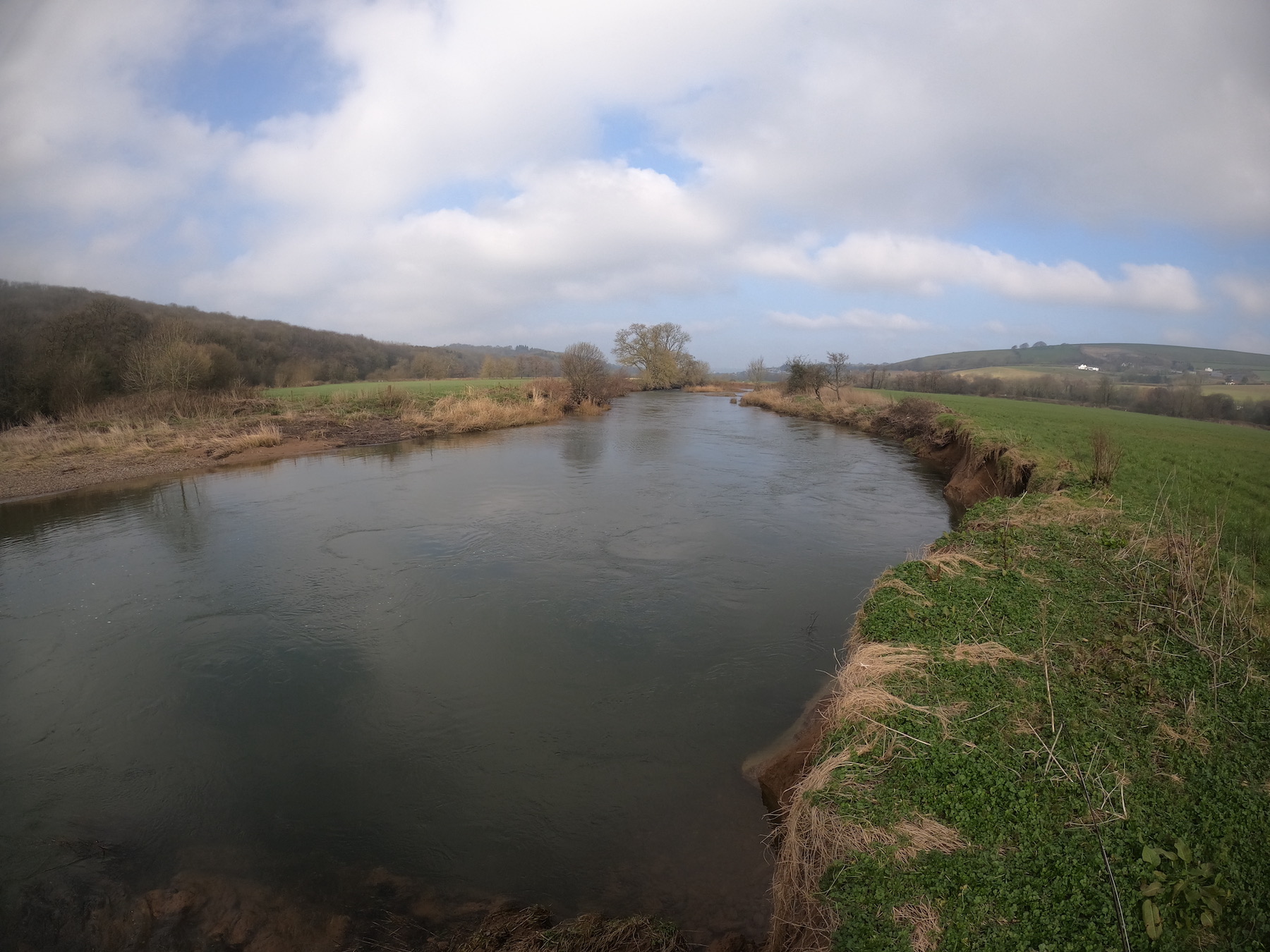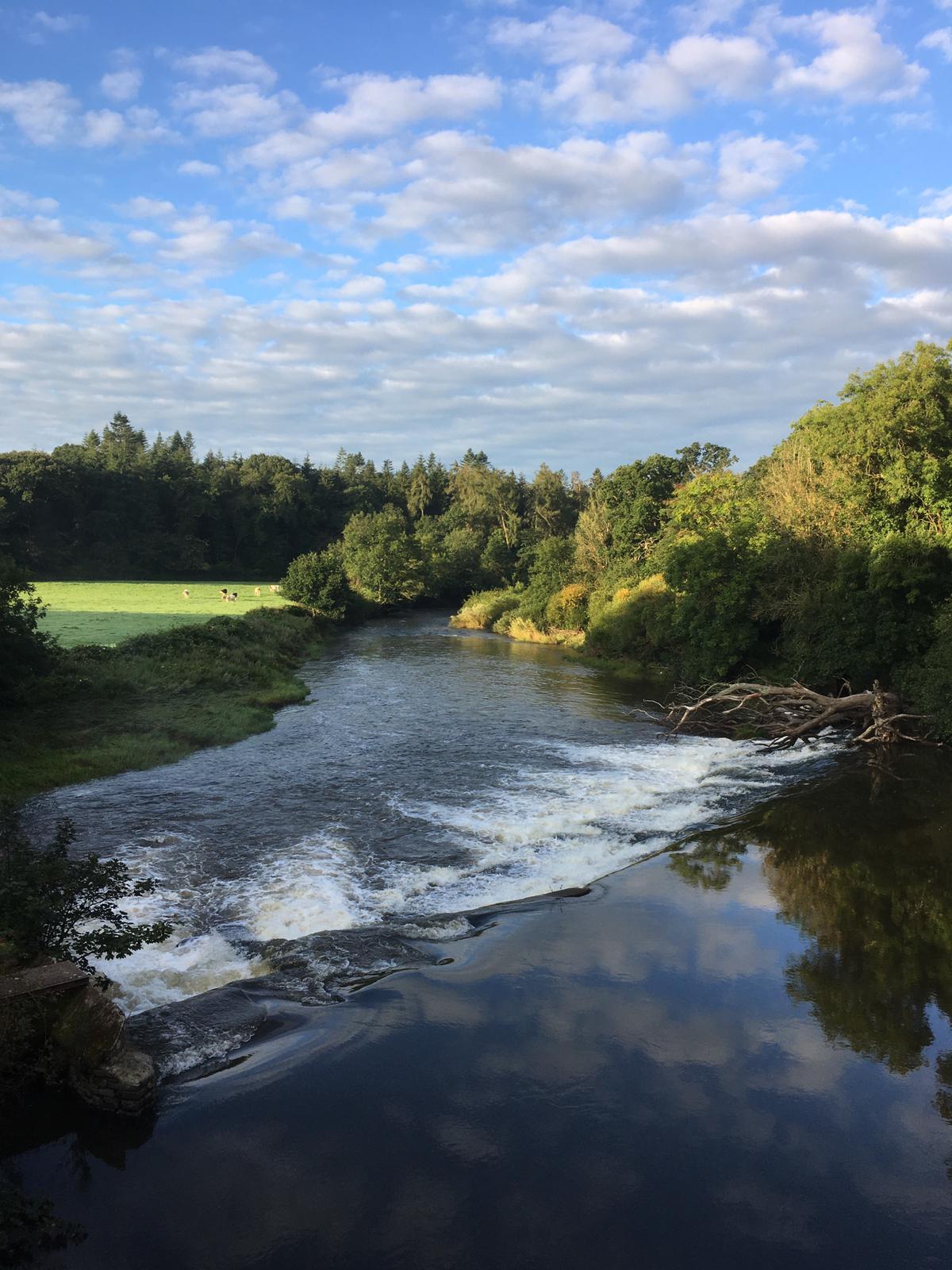 Simon Hillcox has caught a fresh run salmon from a mid Torridge beat estimated at 15lb. A very fresh run bar of silver!
Simon Hillcox has caught a fresh run salmon from a mid Torridge beat estimated at 15lb. A very fresh run bar of silver!
Recent rain has brought all local rivers up hopefully encouraging a few salmon and sea trout to forge up river. Simon Hillcox tempted a fresh run grilse of around 4lb 8oz from a Middle Torridge beat. The salmon was tempted using a Thunder & Lightning double. At present the water is coloured but as it fines down there is a good chance of taking fish.
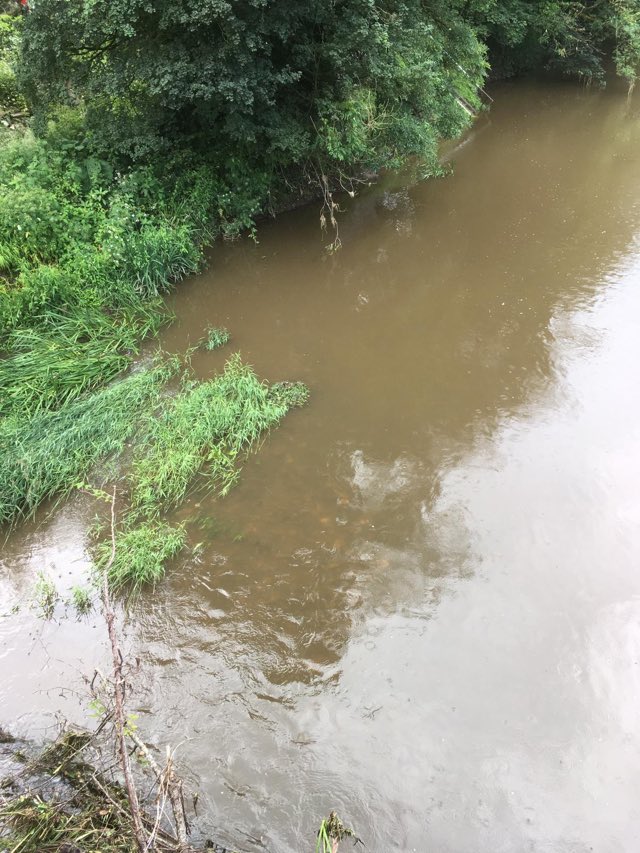
( Above) River Taw at Umberleigh
Richard Nickell took a break from Blakewell fishery duties and tempted a superb fresh run springer estimated at 13lb+ from a River Taw beat. Both the Taw and Torridge are fining down nicely and as the fish settle into their familiar lies anglers will hope to tempt a few salmon and sea trout.
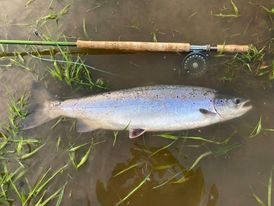
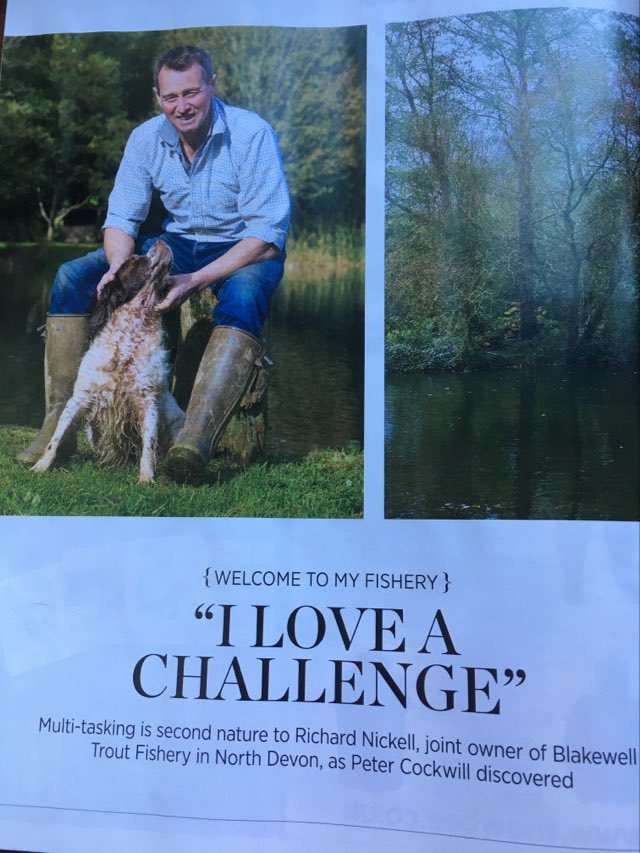
Salmon and Trout Conservation are running a campaign for a Parliamentary Petition; “Give the Environment Agency the funds and freedom to protect English rivers”
Freshwater habitats- rivers, lakes and streams and all their associated wildlife need your help.
We are asking you to sign, and share as widely as you can, Salmon & Trout Conservation’s Parliamentary Petition “Give the Environment Agency the funds and freedom to protect English rivers”.
Please sign the petition here: https://petition.parliament.uk/petitions/586378
The Environment Agency needs to be shorn of Government directions to put the economy before the environment and it needs the funding to enforce existing legislation without fear or favour. Our report “Doing its Job” exposed its lamentable failure to protect our rivers and their wildlife. We want your support to give the EA the mandate and money to stop the decline.
We need 100,000 signatures to get a debate in Parliament and have until 24 November to achieve our target. It is a big ask but with your help we can do it.
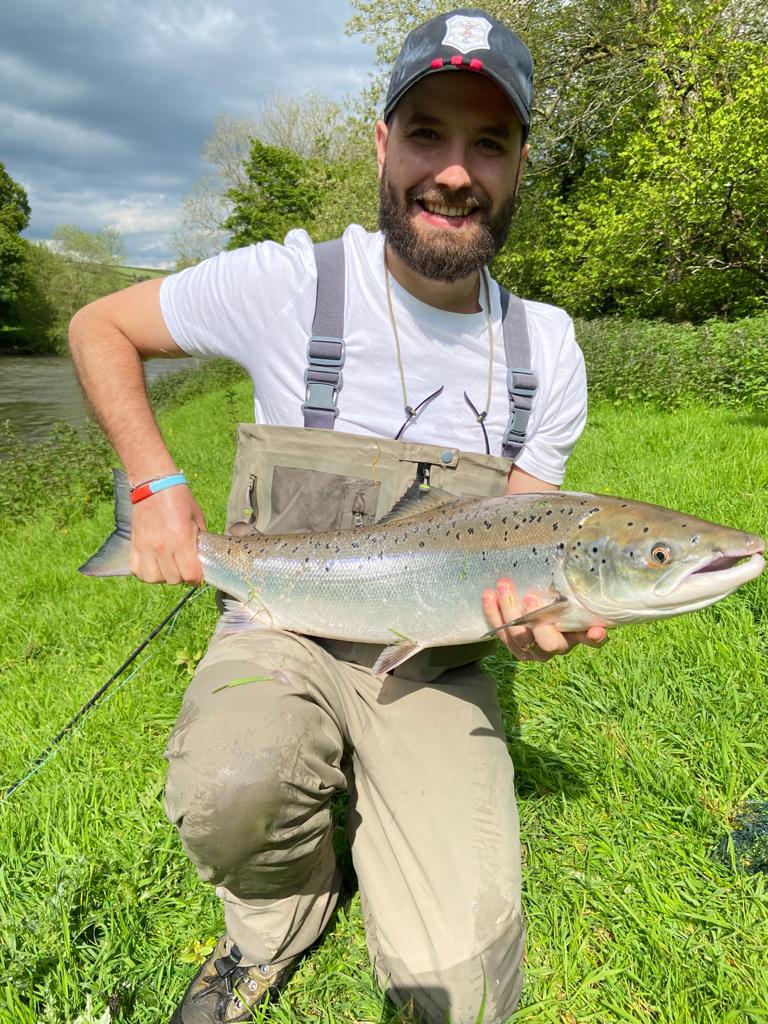
The Taw and Torridge are both running high following the recent spell of heavy rain but as the rivers drop and clear salmon and sea trout should start to show in good numbers. Jack Hillcox was fishing a River Taw beat with his father Simon who was acting as ghillie.
Simon told me ” The one thing better than catching a salmon is acting as ghille when your son lands one.We had half an hour left before I had to drop him at Tiverton Parkway and were just philosophising how we had a great day and fish didn’t really matter ….then wham! A memorable day and hoping we all have some action over the next week or so.”
The salmon was returned quickly and swam away like a rocket.
As the rivers drop salmon and sea trout will settle into known lies where for a few days they will be catchable. Im sure a few good brown trout will also seize the salmon flies like this fine brown tempted by a seasoned Torridge fisher.
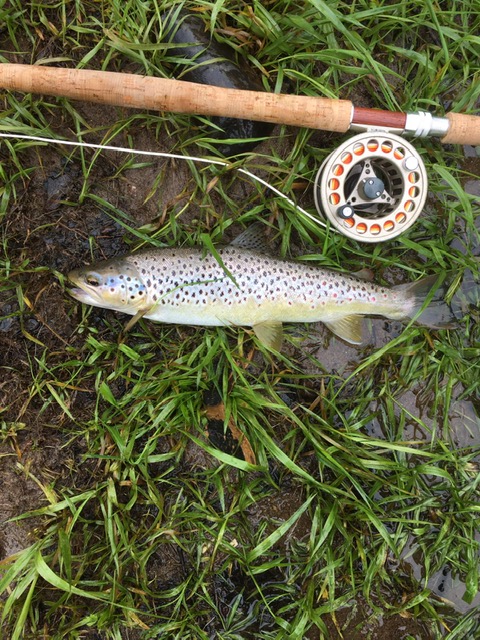
I fished a middle Torridge Beat as the sun started to rise above the trees and had a couple of good pulls on a brass tube fly. The colour was perfect but the river is running just a little high and should be perfect within two or three days. Despite the lack of success is there a better place to be than in the river as the English countryside reaches early summer perfection?
After posting this I received news that Jamie Walden tempted a fine salmon of 16lb from Little Warham Fishery.
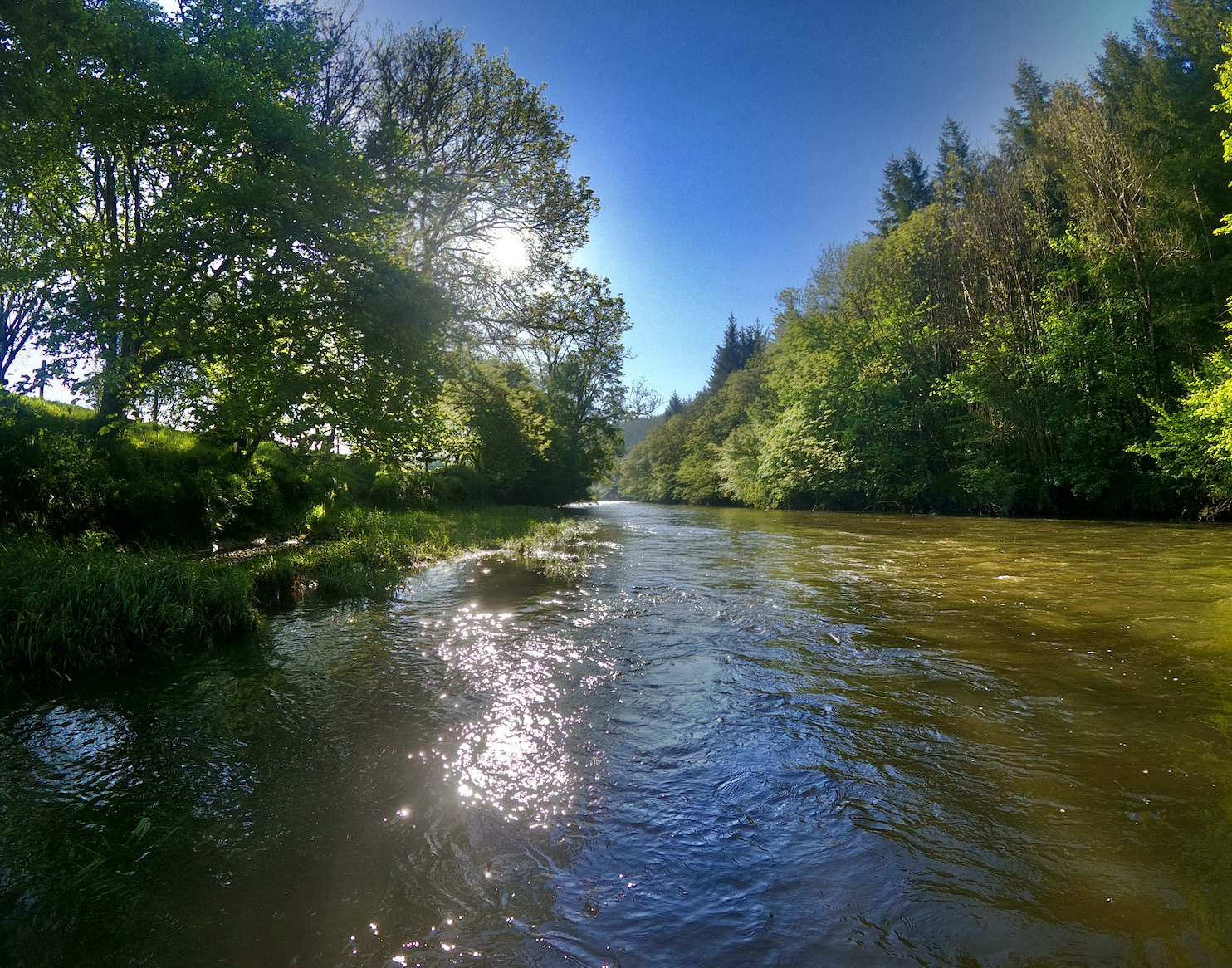
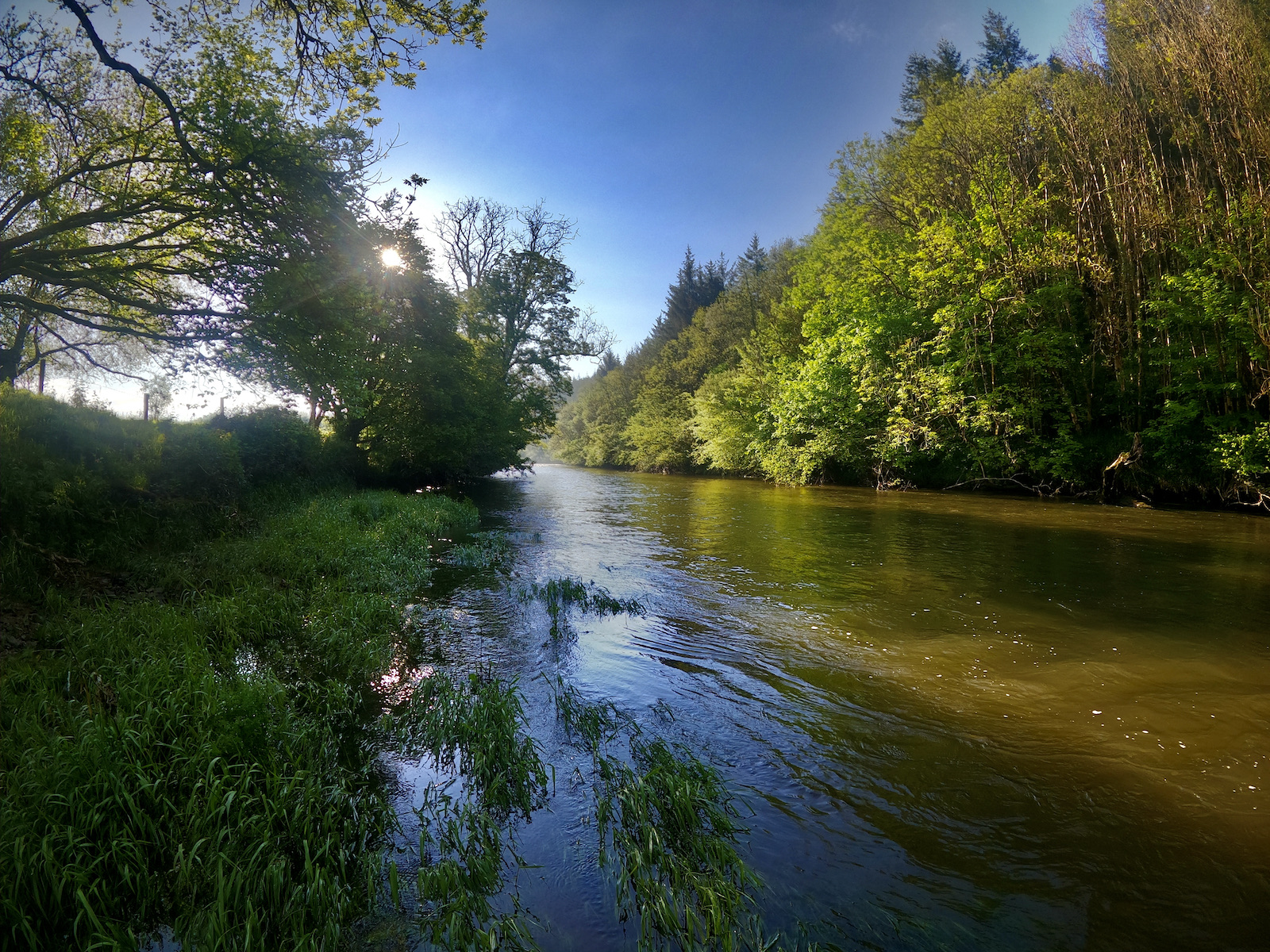
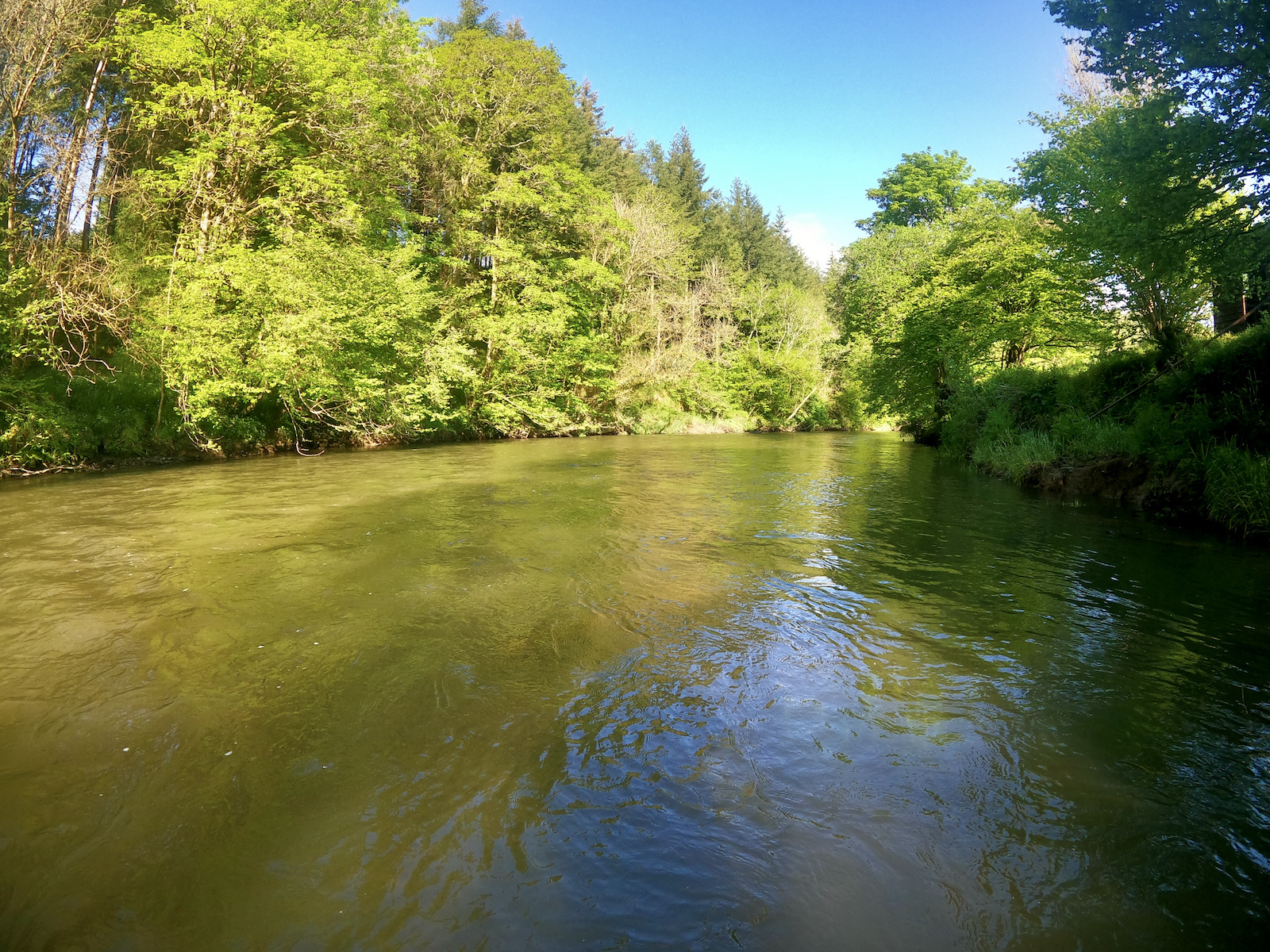
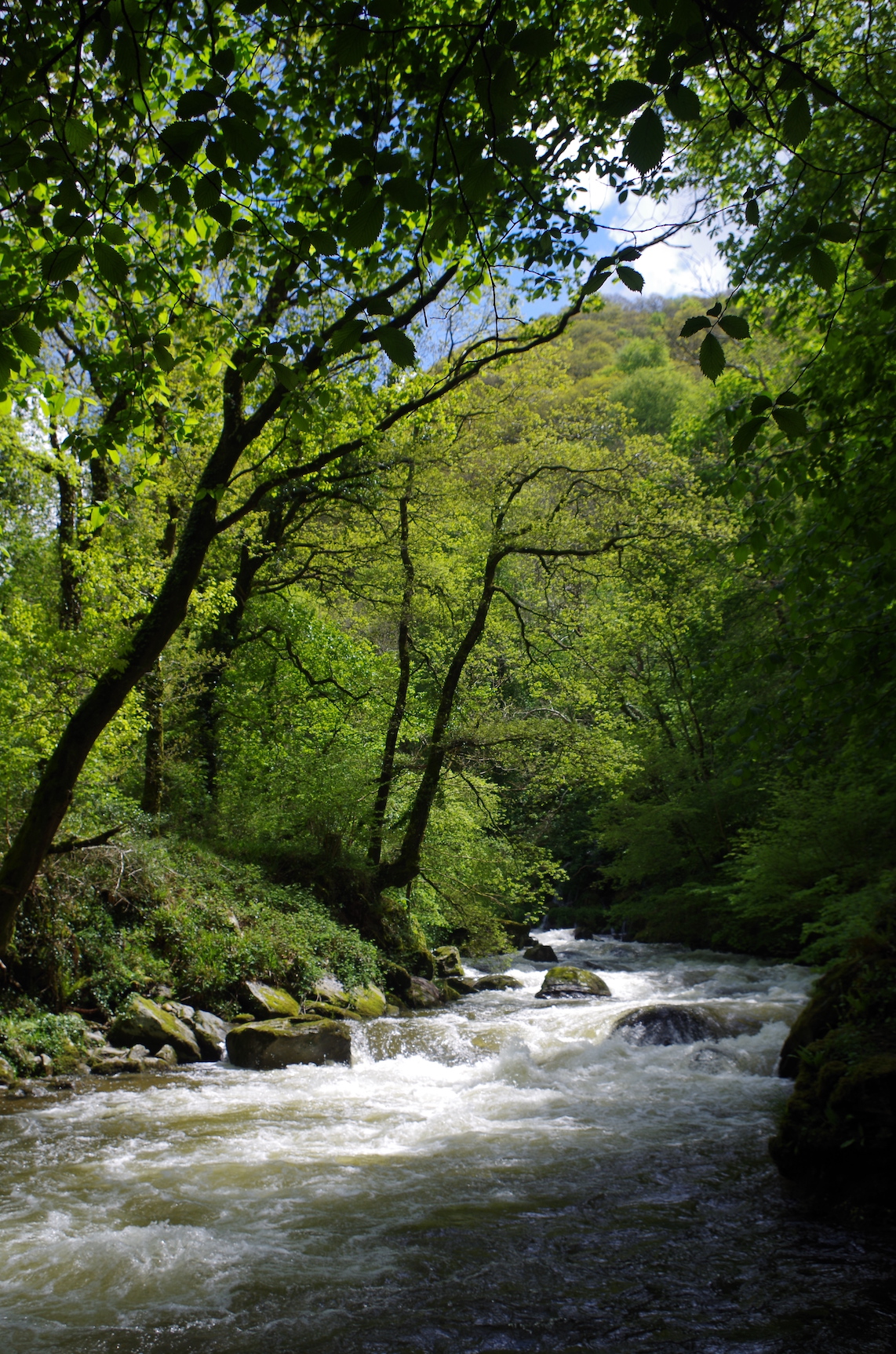
After the rain and clouds it is a relief to walk beside the tumbling waters of the East Lyn as they race towards the Bristol Channel. Over forty years ago I caught my first salmon from this river an event that is etched upon my mind. The numbers of salmon that now run this river have dramatically declined though of course as an angler I cannot help wonder what now swims within this raging torrent. It’s running too high to fish today as any fish hooked would surely be lost in the maelstrom unfair on the fish and pointless for the angler.
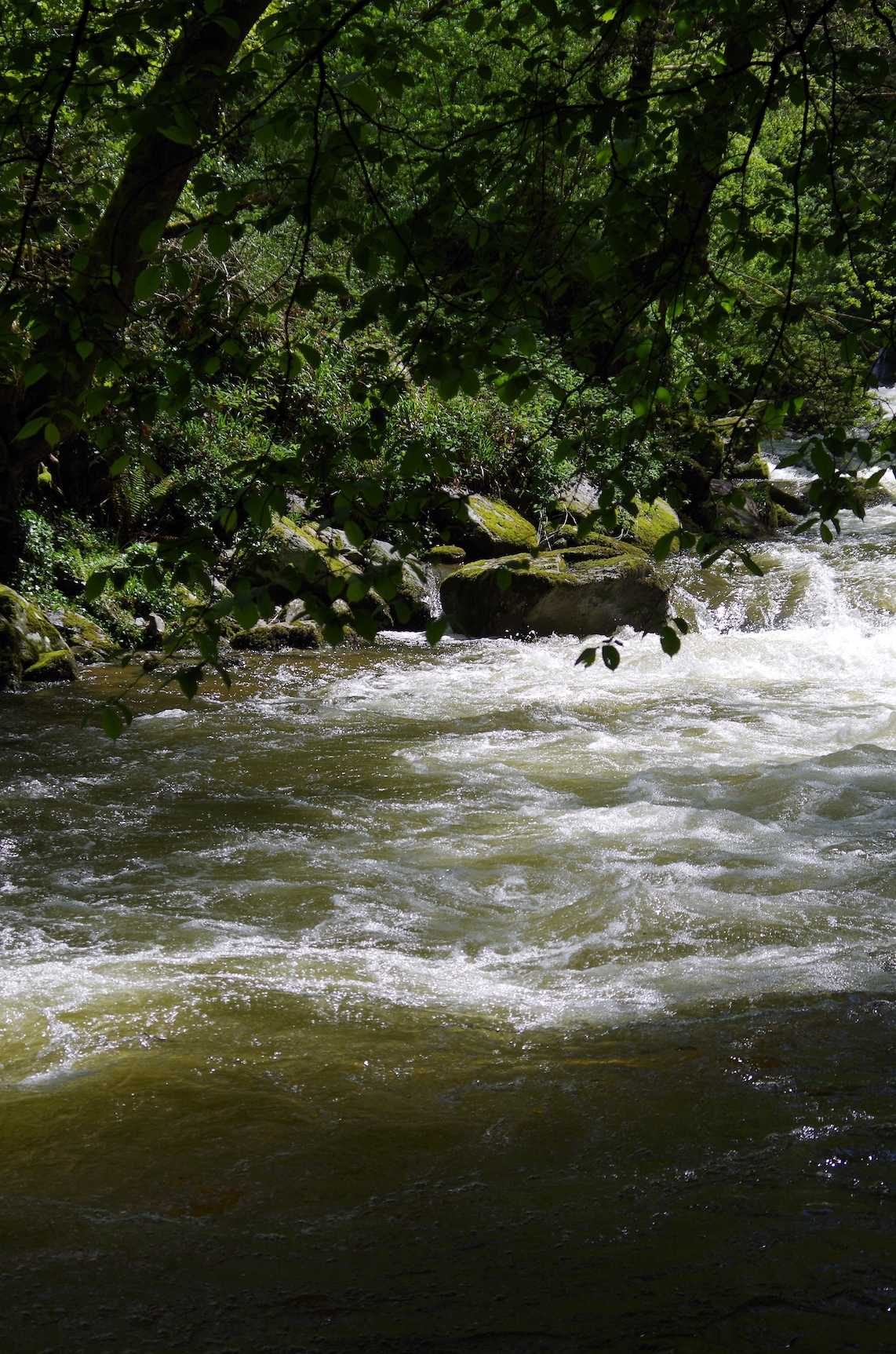
After one of the driest Aprils on record May’s rain has restored the balance and the coming weeks give promise across North Devons rivers with salmon and sea trout likely to be well distributed throughout. Time to pause and take in natures beauty as Spring bursts towards summer invigorated by weather fronts pushing in from the Atlantic.
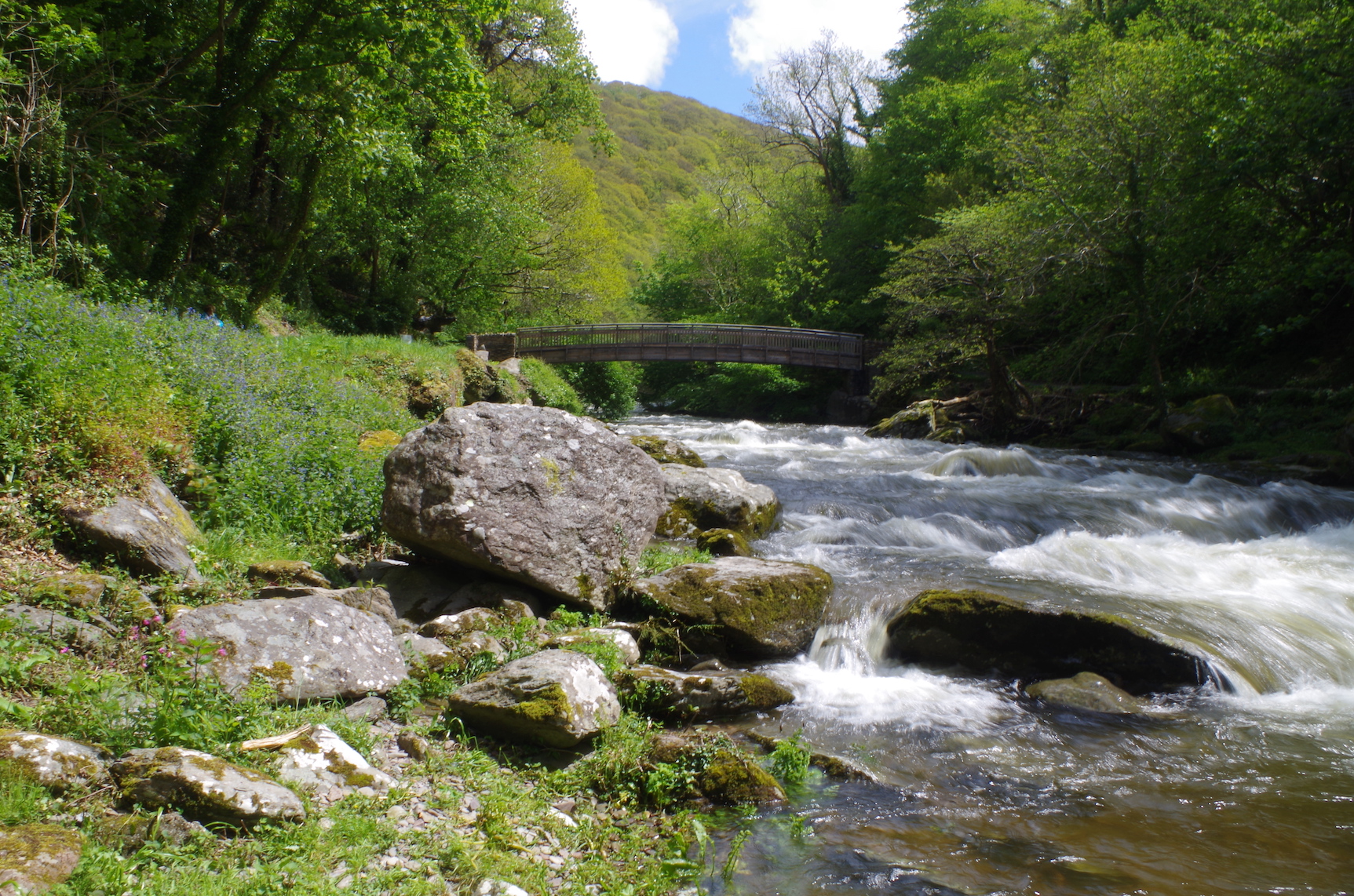
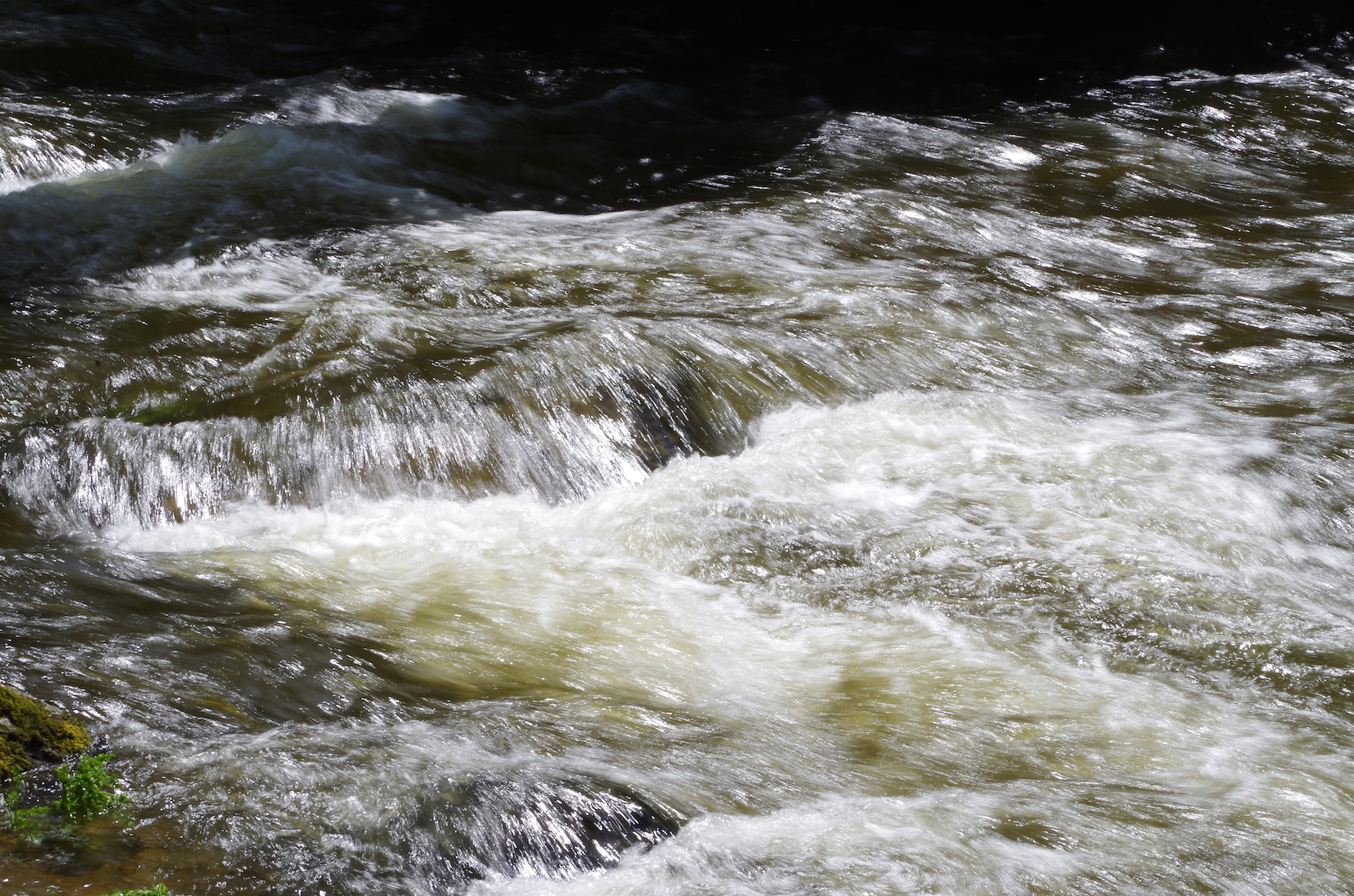
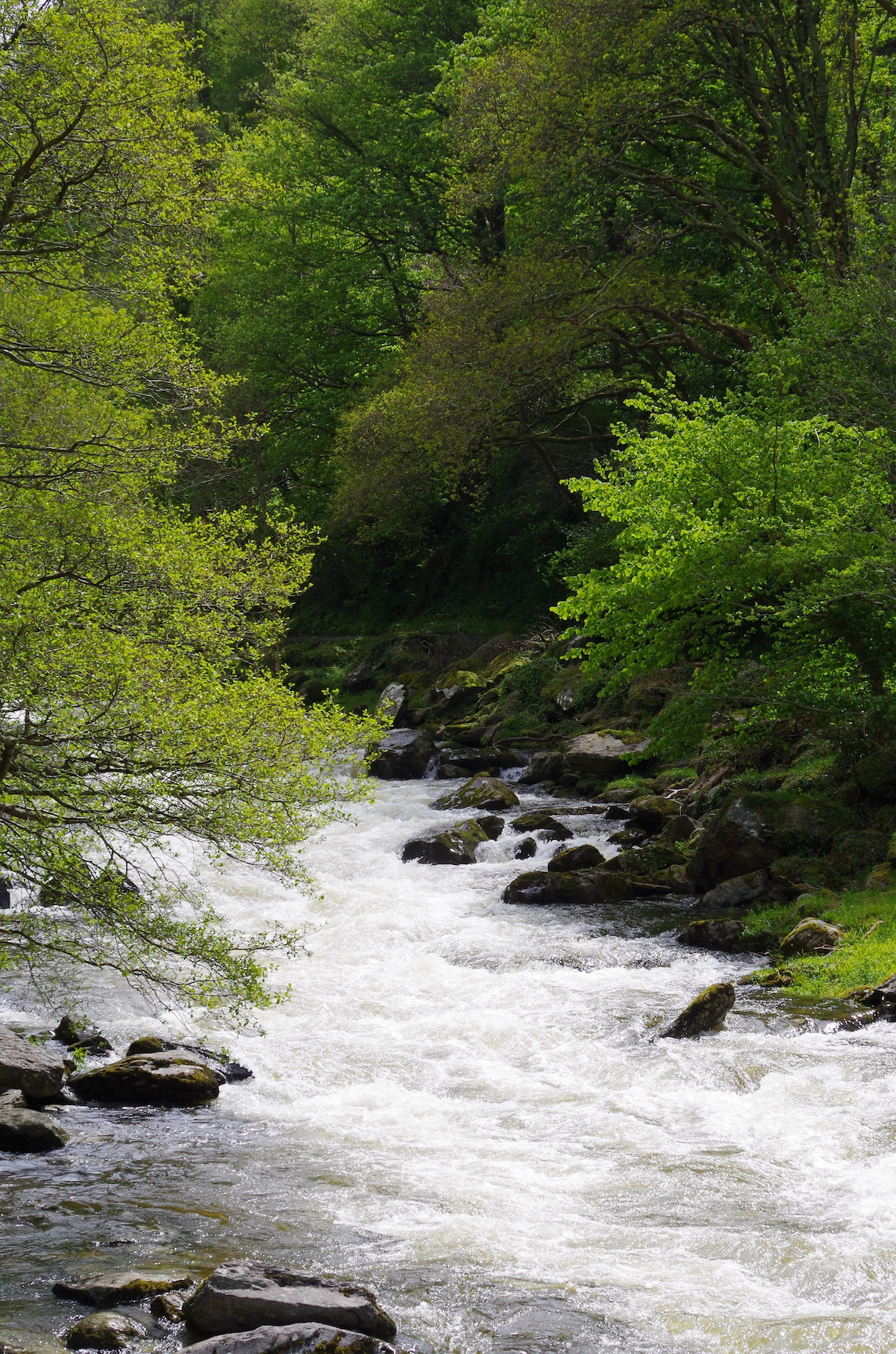
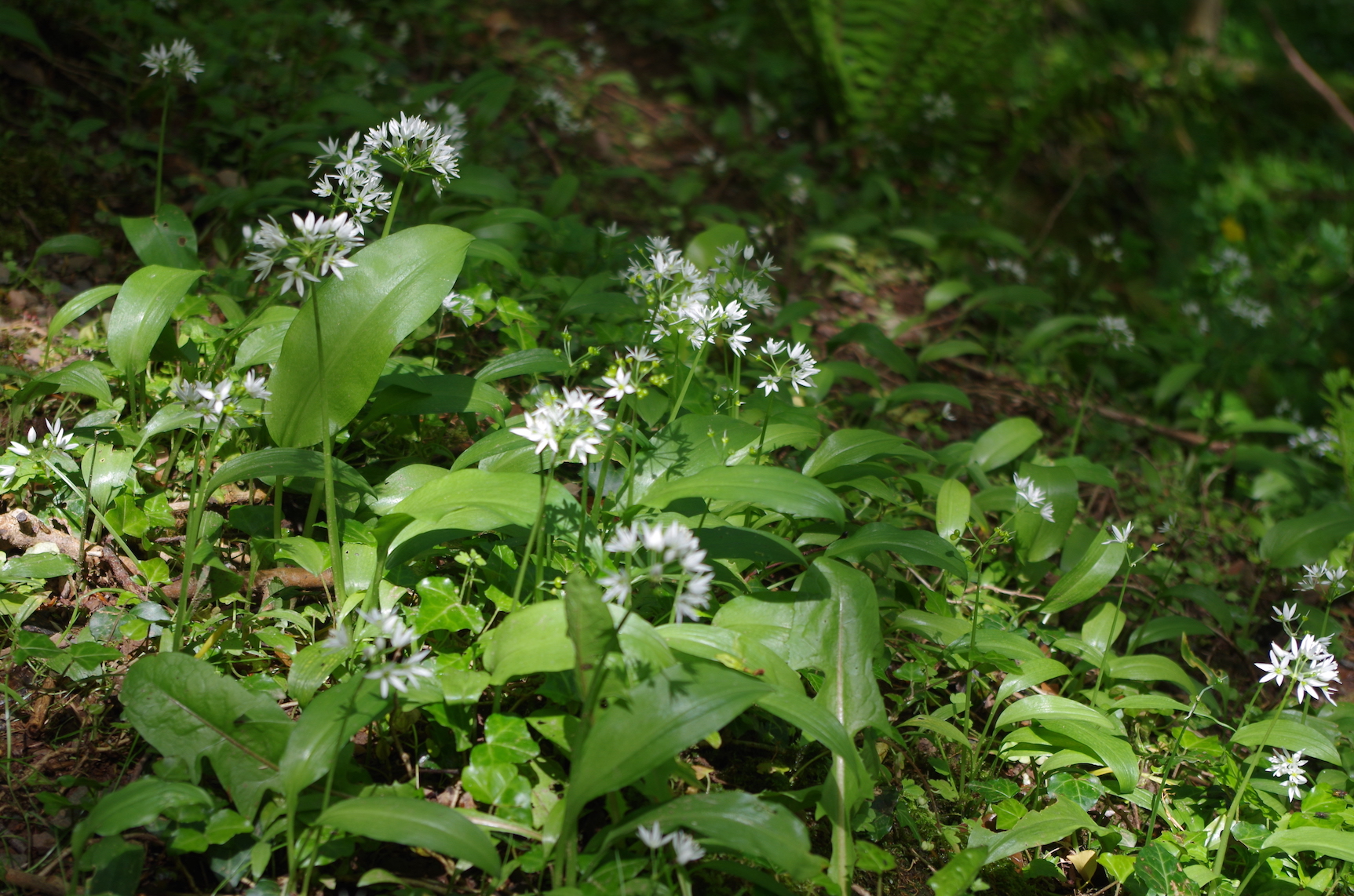
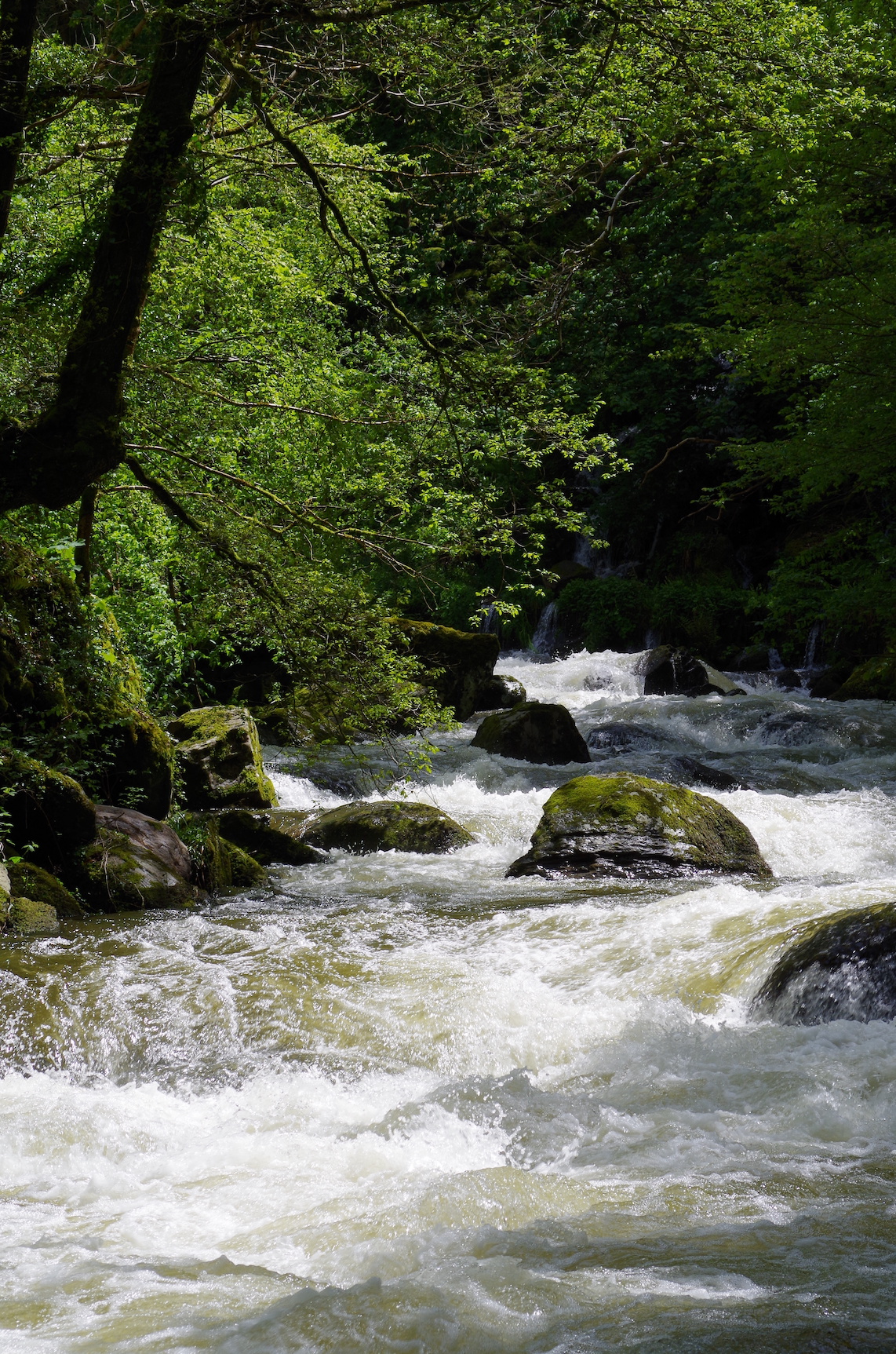
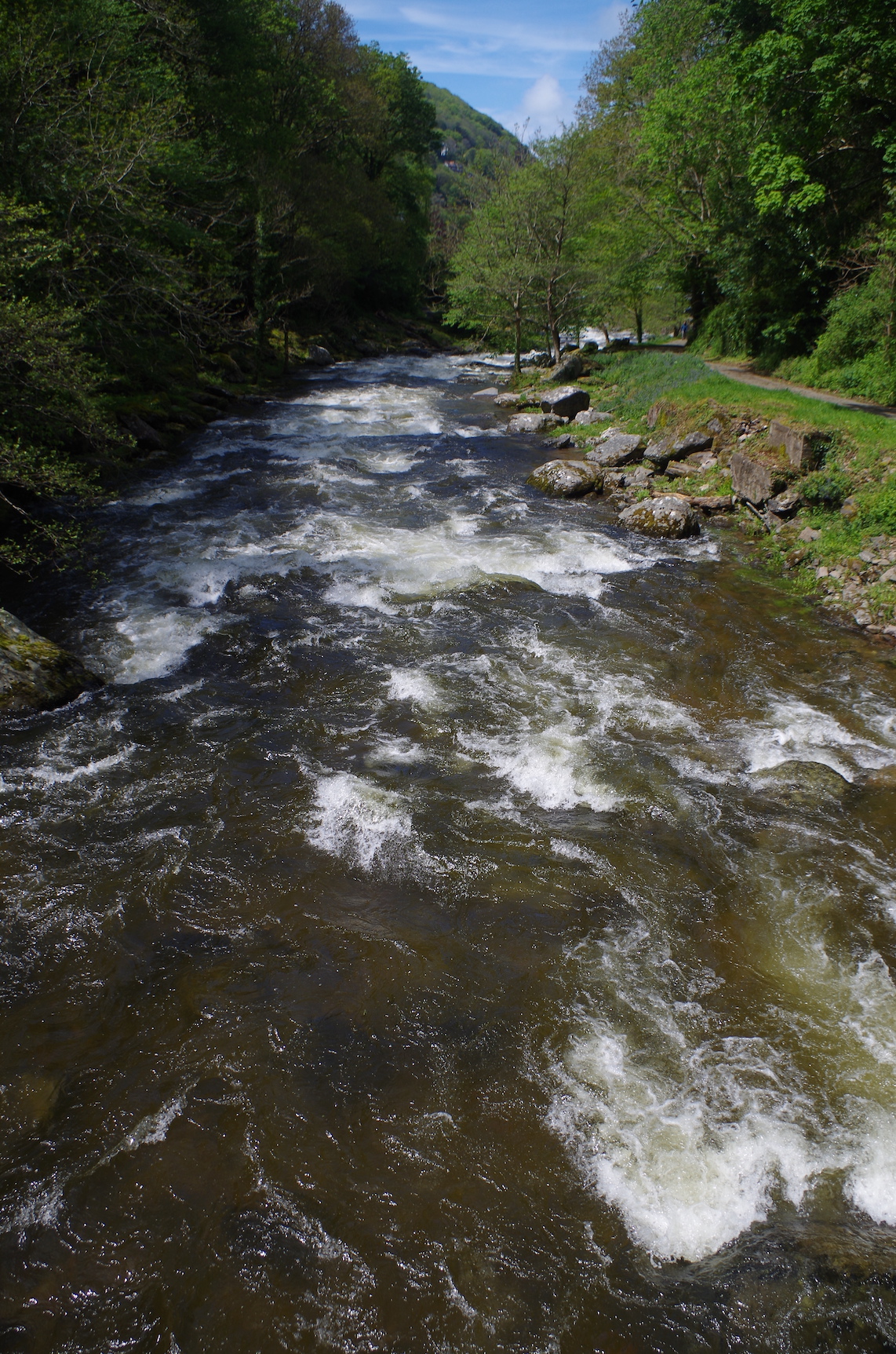
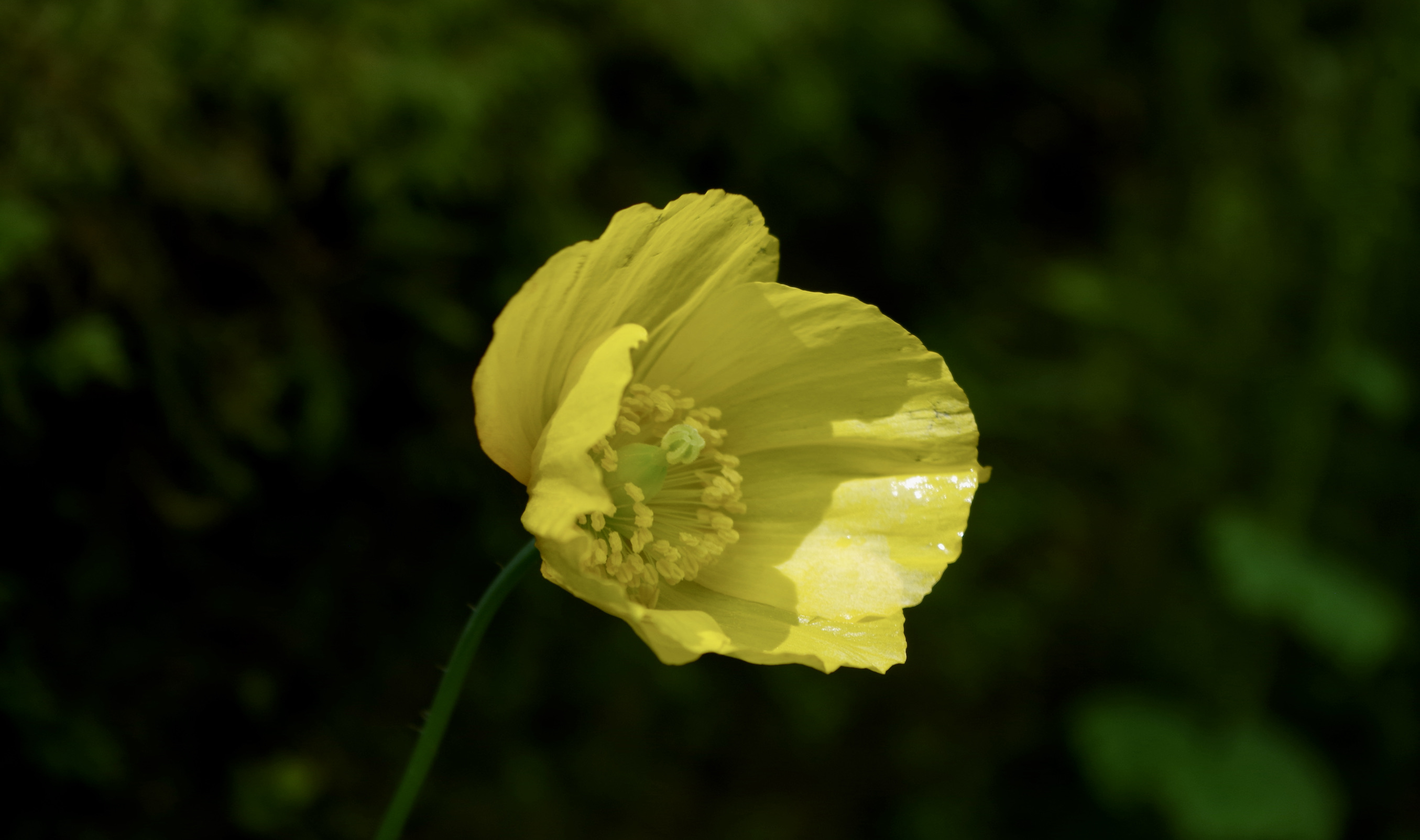
ww
After a long dry spring salmon and sea trout anglers will be feeling optimistic following a substantial rise in all of North Devons rivers.
The Torridge at Dolton is up to 1.14 M
The Taw at Umberleigh – 1.40 M
The Lyn at Brendon = 2.00 M
https://flood-warning-information.service.gov.uk/river-and-sea-levels
The rivers will be too high and coloured initially but should come good over the coming days. The Lyn will be first to be fishable and should produce fish from Friday, May 14th.
The Taw and Torridge will take a few days to settle down but may be fishable by late in the weekend.
River Taw Fisheries member Mike George tempted a fine fresh run salmon from a mid Taw beat after last weeks small spate the latest spate should ensure salmon are spread throughout the Taw & Torridge catchments.
Use appropriate tackle. Rod and line should be strong enough to bring the fish to net swiftly and without playing it to exhaustion. Move the fish out of fast water as soon as possible. The use of barbless single or double hooks is recommended. Barbed hooks can be rendered barbless by pinching with pliers.
Catch and Release
RTFA strongly recommends that you practise catch and release whenever possible.
Playing the fish
When playing a fish try not to play it to exhaustion but land it as quickly as is possible.
Landing the fish
Use a fine knotless meshed landing net. No gaffs or tailers may be used. Ensure the fish remains in the water at all times.
Do not beach or tail a fish.
Handling the fish
Ensure that hands are wet and avoid squeezing the fish.
Removing the hook
Remove the hook gently, using forceps or a hook disgorger.
Should the fish be deep-hooked cut the line as near to the hook as possible.
Recording the fish
Do not weigh the fish, but calculate its length and subsequently use a length/weight conversion chart (see below) to find the weight. Suitable length marks on rod or wading-stick can be helpful. Photographs of the fish should only be taken while the fish is in the water.
Reviving and releasing the fish
Support the fish with both hands in a gentle current and facing upstream.
Allow time for the fish to regain its strength and be able to swim away on its own.
Disease
To guard against disease that can damage our fish stocks fishermen are directed to the Environment Agency’s website for “Guidance on Disinfecting Fishing Tackle”.
The Environment Agency Incident Hotline
For reporting any serious environmental incident such as pollution, poaching or fish in distress is
0800 807 060
the Taw why not join the Association to support our efforts.
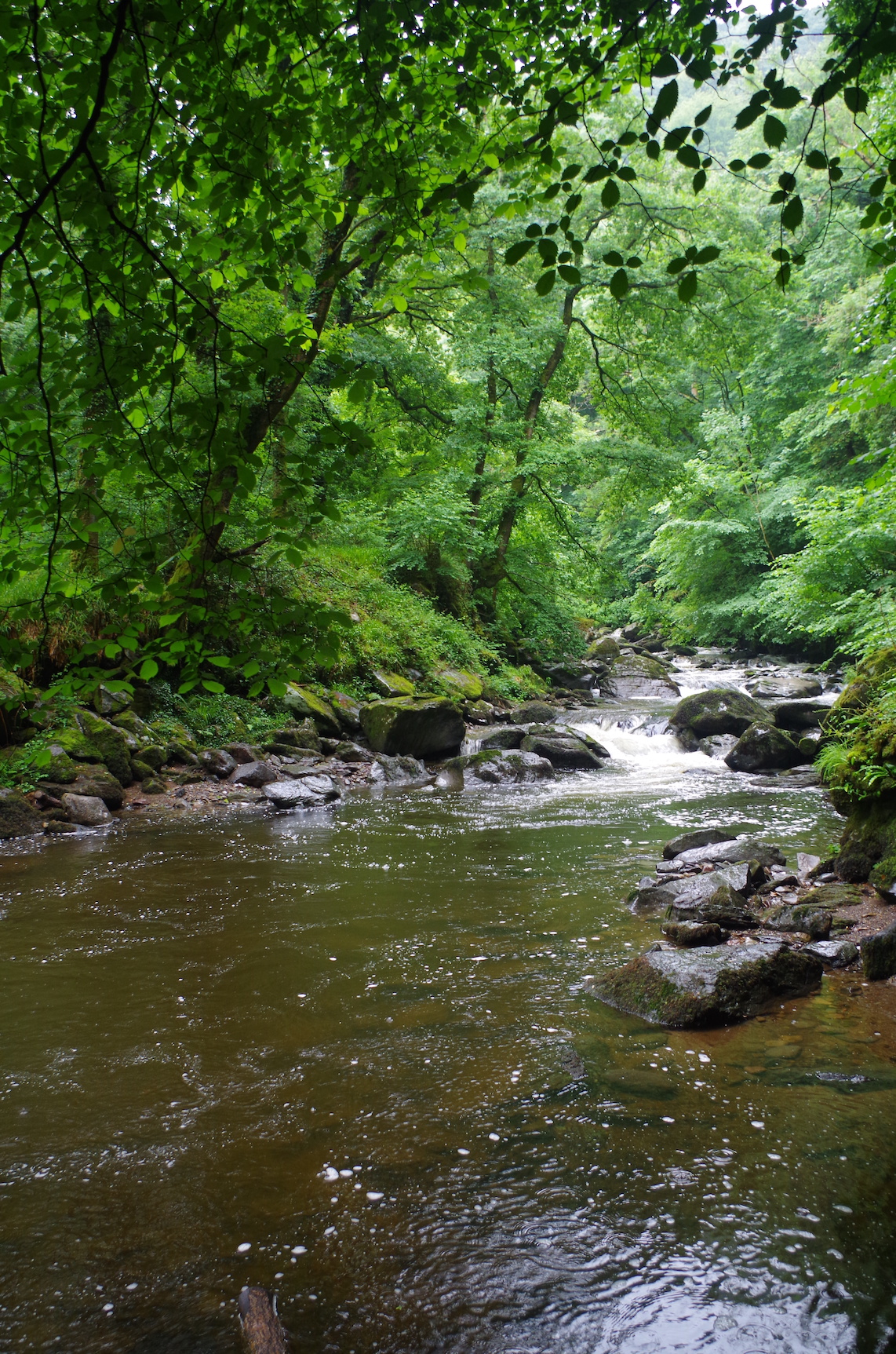
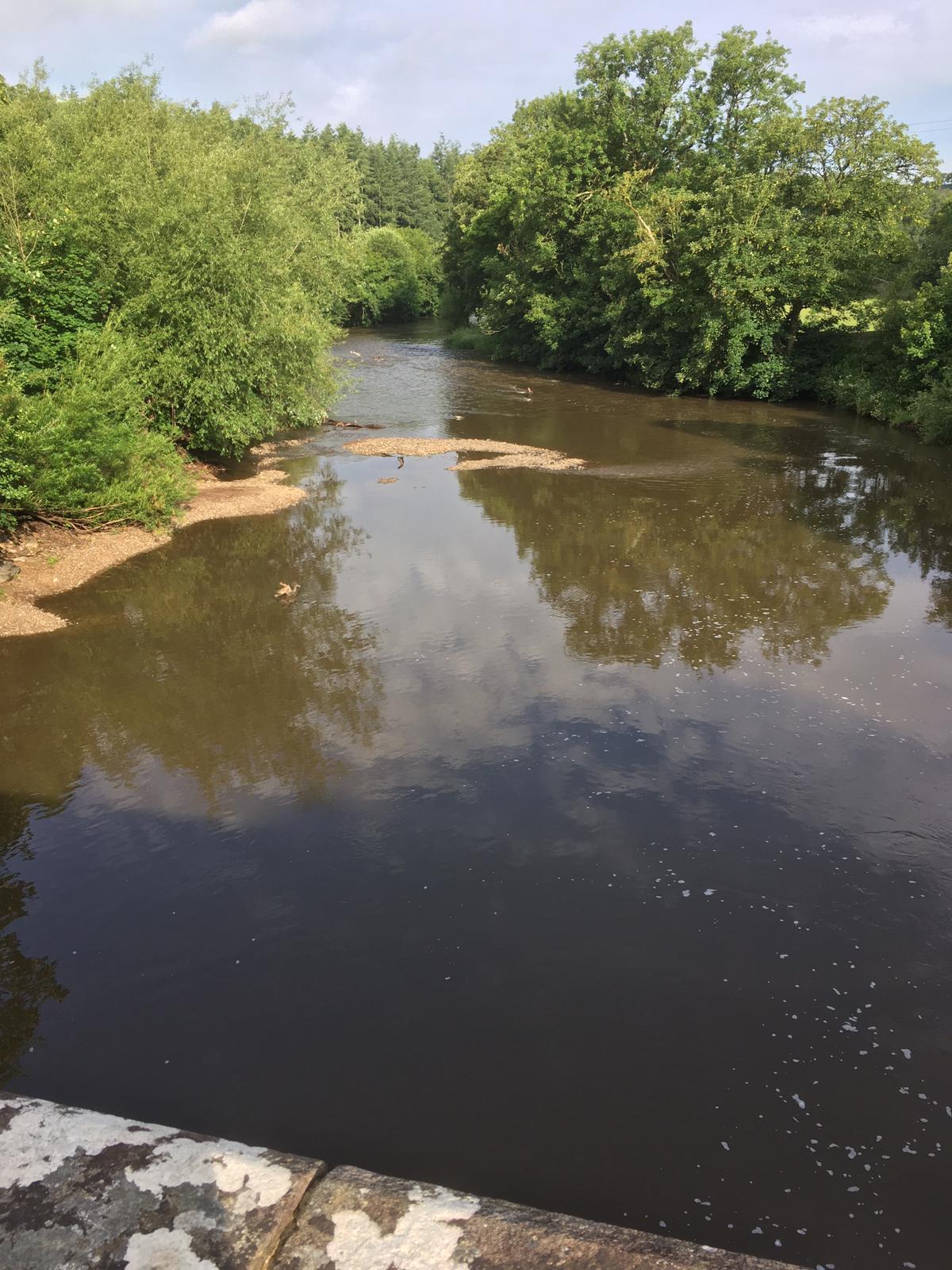
After a long dry spell we have at last had a substantial fall of Rain across the area that resulted in the first spate of late spring. Coinciding with building Spring tides this should encourage a run of salmon and sea trout into North Devon’s rivers. I would expect the Taw and Torridge to be fishable by mid week as the water clears. The Lower Taw may rise slowly as tributaries from high on the moors lowly release into the main river. The Lyn has had a substantial rise but will fall quickly and be fishable from today with Tuesday likely to be the prime day.
Latest levels can be found via the EA link –https://flood-warning-information.service.gov.uk/station/3099
The river levels at 07:15 on May 9th
River Torridge at Dolton – 0.85 M
River Taw at Umberleigh – 0.40
East Lyn at Brendon – 0.40
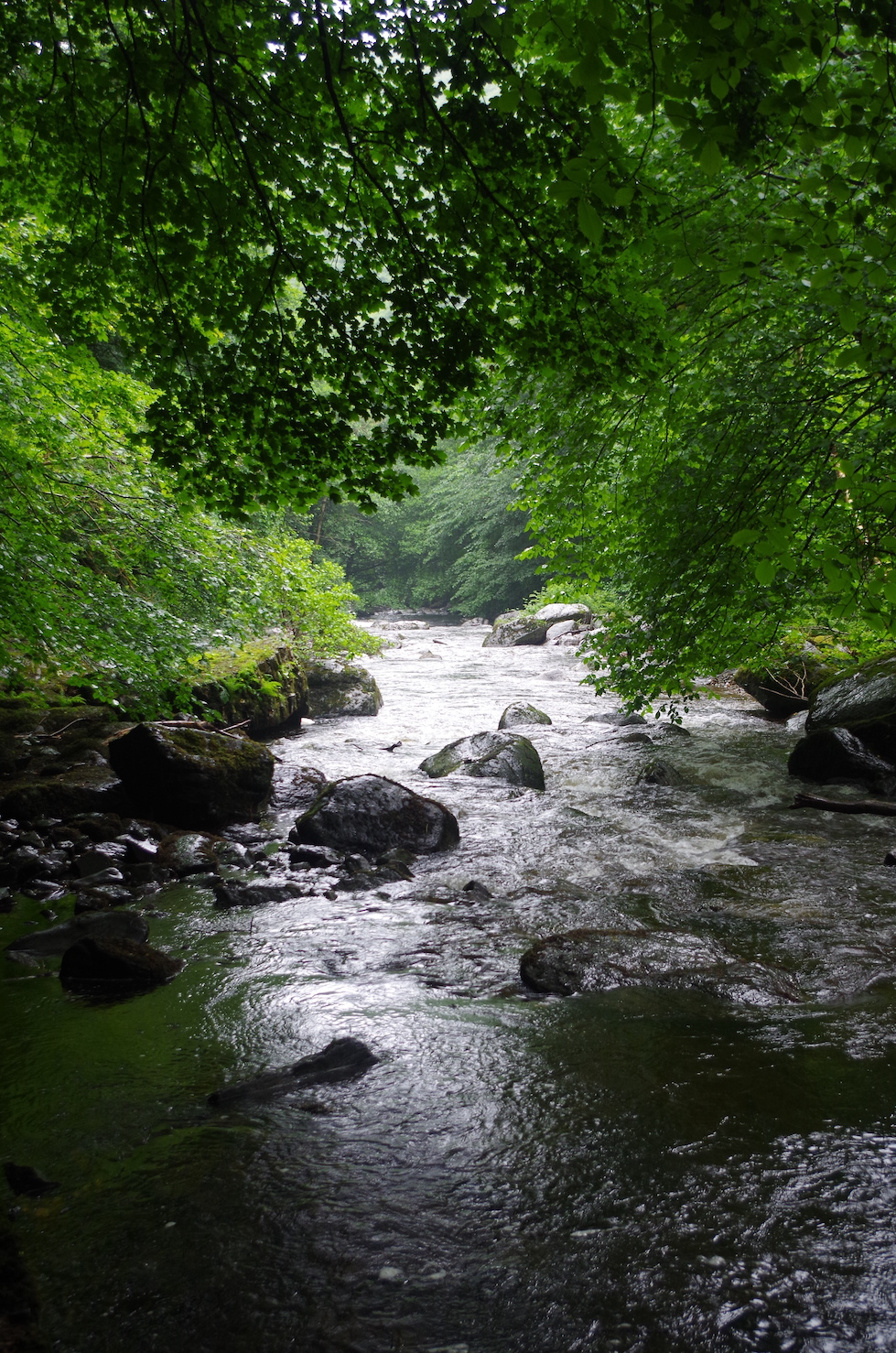
2021 AGM RIVER REPORT, RIVER TAW FISHERIES & CONSERVATION ASSOCIATION – ALEX GIBSON

My thanks and best wishes to you all.
Alex Gibson
26 March 2021
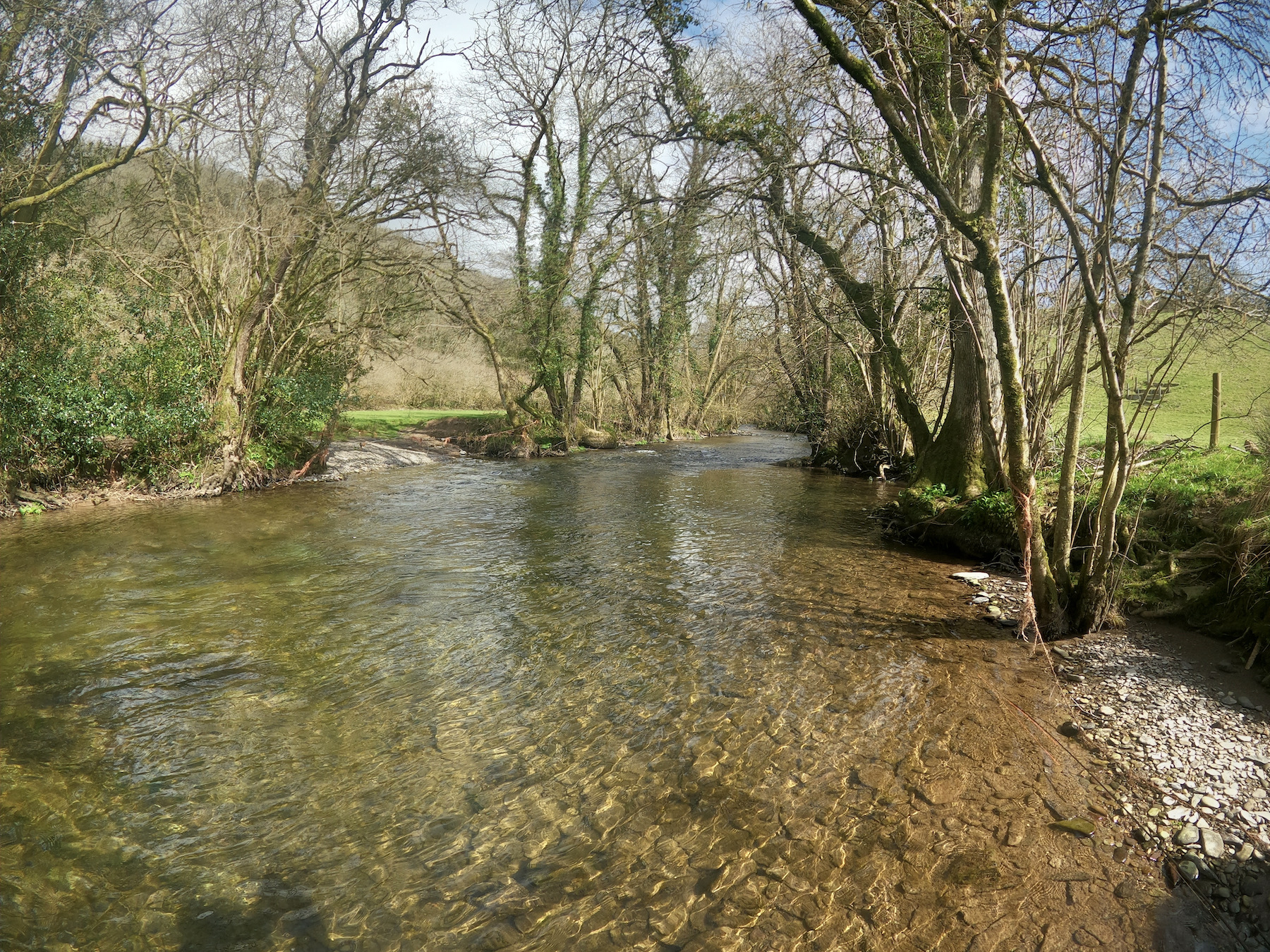
The rivers Taw and Torridge are running low and clear after several weeks of dry weather. Despite this a couple of fresh run spring salmon have been tempted from beats on the Middle Taw. This bodes well for when rain eventually swells the rivers and temperatures rise.
The River Taw Fisheries Association held its AGM recently via zoom with a good attendance from the membership. The association has changed its name to the River Taw Fisheries & Conservation Association reflecting the organisations focus on habitat restoration and protecting fish stocks. Alex Gibson has stepped down as Chairman after over decade of sterling service and hands the reigns to Andy Gray. Alex reported in his closing statement that approximately 177 salmon were caught from the Taw and close to 200 sea trout along with good numbers of wild brown trout.

The BBC programme Panorama is highlighting the disturbing discharge of raw sewage into the nation’s rivers is well worth catching up with. This issue has been raised by the River Taw Fisheries and Conservation Association who recently shared data from the Rivers Trust highlighting sewage pollutions across the UK via a sewage map. The health of the nations rivers are vital to us all and should be protected to ensure the long term survival of vital fish populations and other wildlife.
What’s lurking beneath the surface of your local river?The Rivers Trust Sewage Map.
